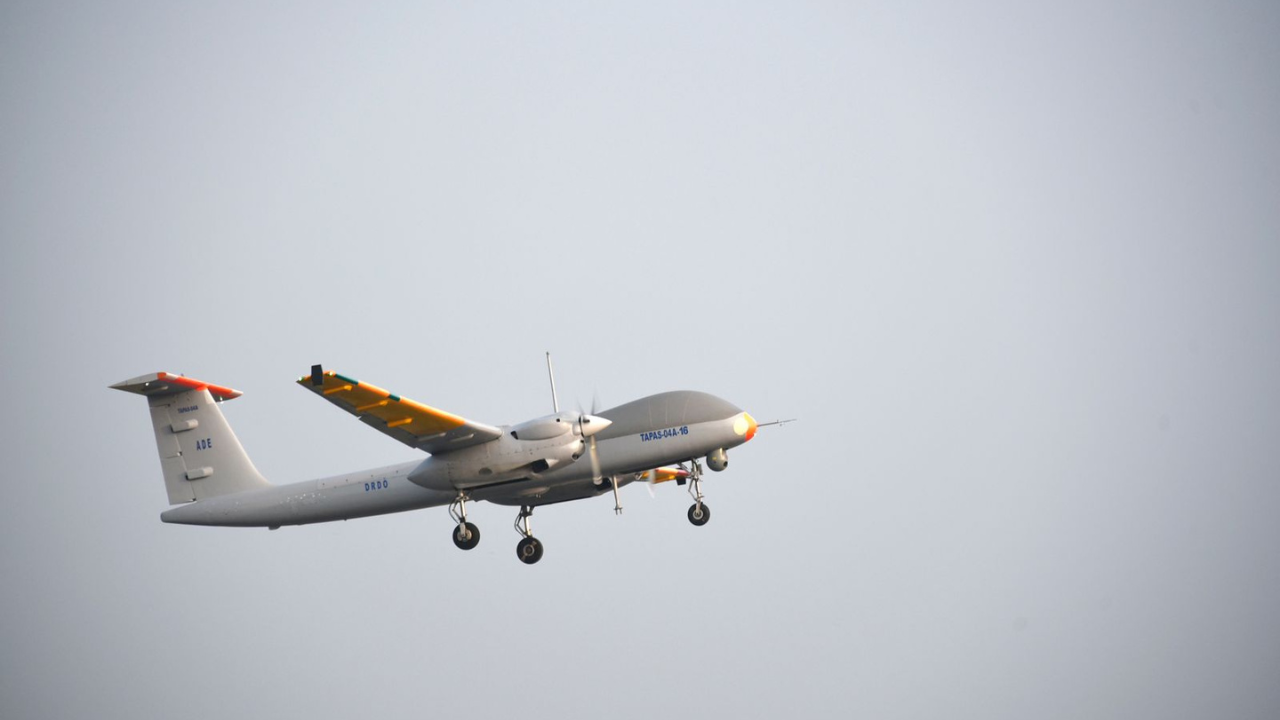SOURCE: AFI


The Indian Navy has opted for the MQ-9B Reaper drones, developed by General Atomics, to bolster its maritime surveillance capabilities, after the indigenously developed TAPAS UAV failed to meet the Navy’s specific operational requirements. Speaking on the subject, Vice Chief of Naval Staff, Vice Admiral Krishna Swaminathan, noted that the MQ-9B drones will be critical in fulfilling the need for comprehensive surveillance across India’s expansive oceanic territories, which the TAPAS was unable to effectively deliver.
The TAPAS UAV (Tactical Airborne Platform for Aerial Surveillance), also known as TAPAS-BH-201, is a part of the Rustom family of drones developed by India’s Defence Research and Development Organisation (DRDO). Initially conceived to meet the intelligence, surveillance, and reconnaissance (ISR) needs of the Indian armed forces, TAPAS was expected to serve as a cost-effective and indigenous alternative to imported platforms.
However, while TAPAS has been deployed and tested in various capacities, its performance fell short of the Navy’s demanding maritime surveillance requirements. Specifically, the capability mismatch and operational limitations highlighted by the Navy have led to TAPAS being rejected for the service’s ISR missions, despite its potential in other areas.
Vice Admiral Swaminathan emphasized that the acquisition of these drones will greatly enhance the Navy’s ability to monitor the Indian Ocean Region (IOR), which is of increasing strategic importance. With India’s vast coastline and significant interests in maritime security, the Navy requires drones that can stay airborne for extended durations and provide real-time intelligence, something the MQ-9B Reaper excels at.
In a major defense deal signed last week between India and the United States, valued at approximately $4 billion, India will procure 31 MQ-9B Predator drones for its armed forces. Of these, 15 units are specifically earmarked for the Indian Navy, while the Indian Army and Indian Air Force will each receive eight drones.